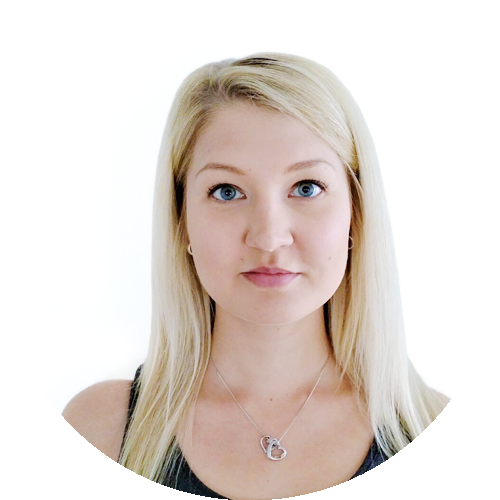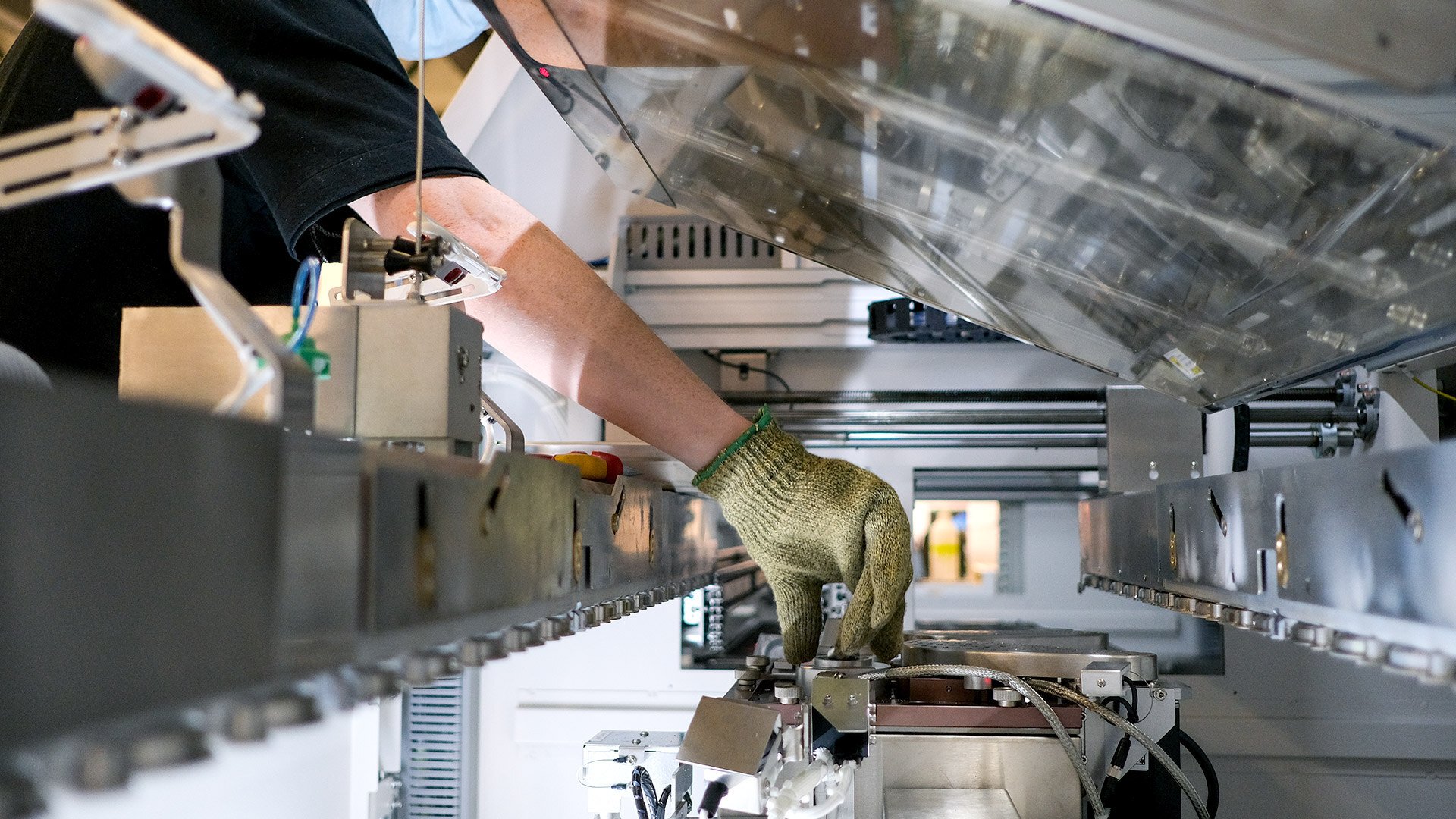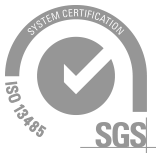The Early Warning Score (EWS) is a medical solution taking risk management in healthcare to the next level. Innokas Medical and GE Healthcare have now developed the new version of the software used in GE’s CARESCAPE VC150 monitor, which supports the EWS functionality as well. The EWS functionality can be seen as a competitive feature and CARESCAPE VC150 monitor is now the first product in GE portfolio to introduce Early Warning Score feature.
EWS has been developed to facilitate early detection of deterioration by categorizing patient’s severity of illness and prompting nursing staff to request a medical review at specific trigger points. The hospital defines and configures the EWS protocols most appropriate for their facility and implement them through a configuration process with the service support team.
"Early Warning Score is an internationally recognized risk scoring system that enables medical staff to recognize an acute illness of patient even before the critical deterioration of vital signs. It is based on the measuring and classifying cardinal vital signs, which offers an easy way to track and respond to changes in patient’s condition”, says Katri Halla-aho, Head of SW and Test Automation at Innokas Medical.
There are several EWS-based systems in use worldwide; like MEWS (Modified Early Warning Score), SEWS (Standardized Early Warning System), PEWS (Pediatric Early Warning Score) and NEWS (National Early Warning Score). The most commonly known is the NEWS one, which was derived in the UK by the National Early Warning Score Development and Implementation Group (NEWSDIG), and it is based on several researches and studies.
The basic principle of the different systems is the same, though. For every vital signs parameter a numerical point is determined, which indicates the parameter deviation from the normal level. The system typically scores the following cardinal vital signs; respiration rate, temperature, systolic blood pressure, heart rate, level of consciousness and oxygen saturation, but different institutions or hospital regions may also have their own variations. When adding the scores together a total score is derived and the system indicates individual early warning score of the patient. A trend can be seen whether the patient’s condition is improving, with a lowering of the score or dis-improving, with an increase in the score.
Originally, prior to technological development in the field, early warning scores were calculated manually and recorded by using paperwork. Today, however, the EWS software is integrated in many patient monitor brands - now also in GE's CARESCAPE VC150 Patient Monitors.
“This new feature enables nurses to focus on taking care of their patients, when CARESCAPE VC150 Patient Monitor is now able to automatically calculate and indicate patient risk points according to the protocol defined by the hospital, while easily documenting all the information to the patient data system without any manual work," Halla-aho says and continues:
“We also developed and integrated a totally new Configurator Web Tool to the monitor, which hospitals use to create their own protocols for EWS calculation as well as determine the parameters they want to measure and the numerical points they want to use. In one monitor altogether three different kind of scoring protocols can be defined allowing e.g. using the same monitor for adult and children patients. This is therefore a fully tailored solution enabling nurses to focus on taking care of their patients.”
In addition to introducing the Early Warning Score feature, there were also another development actions implemented to the CARESCAPE VC150 monitor. Key achievements derived from usability testing and customer interviews are e.g. enhanced patient data view and home screen, configurable and more user-friendly solution to manage workflows.
An agile launching schedule achieved by co-creation and user driven development methods
The development project was conducted in close cooperation between Innokas Medical and end users. Already from the very beginning of the project, Innokas selected user oriented approach to implement the project.
"We were able to utilize the experience of clinical nursing staff during different stages of the project. Because of the feedback we received from the end-users starting from the very beginning, we were able to develop a well-designed, efficient and user-friendly solution in an agile project schedule”, Halla-aho tells.
The project was kick-offed in Finland where Innokas’ design team interviewed clinical experts from the field to create the first drafts of the software prototypes with painting software. The drawings were then printed and laminated to cardboards, which Innokas design team took along when they travelled to USA to organize the first usability tests in usability laboratory environment.
"In more traditional product development models the usability feedback is gathered closer to the end of the product development project. When choosing this kind of user-driven approach, where we started usability tests already before the actual implementation was started, we were able to save time and money significantly. We were able to, e.g., avoid the redesign rounds, which are typically the most expensive ones because of the time and effort spent on changes that have to be made on both documentation and coded software”, Halla-aho ponders.
There were altogether five usability testing rounds organized in different countries, and during the final rounds the software implementation was ongoing so the testing could be done with the actual monitor.
“The total implementation time was only 3.5 months since the concept was frozen and the actual software coding was started. This agile launching schedule was definitely achieved by the user driven development methods and the valuable feedback we received throughout the project from GE Healthcare and the end-users”, Halla-aho concludes.










